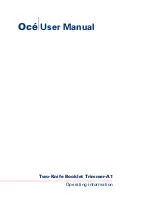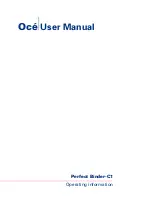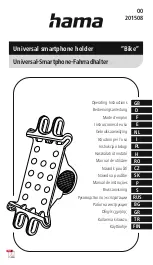
Manual | NEP-5000-LINK
Status: Final | Not confidential
Page 30 | 34
V20200304
If the sensor body is to be installed in a cable gland fitting (for insertion into a pipe, etc.) then care must be
taken to ensure the sealing surface pressures offered by the gland fitting are not excessive so as to not
cause distortion of the sensor casing and force leakage. The NEP-5000-LINK sensors are thin wall
instruments and so glanding pressure must be minimal and spread over the largest possible area. Do not
cut or damage the outer sheath of the cable. Water may enter the sensor through holes or cuts in the
cable sheath.
Where damage may occur due to river rocks striking or rolling over the sensor body, a protective shroud
should be used which can be made of simple Polyvinyl Chloride (PVC) piping or stainless steel, whichever
the situation warrants. Such a shroud not only protects the sensor but also assists in maintaining a
minimum distance between sensor optics and any local obstructions.
9.2 Take proper measurements
We highly recommend you follow the guidelines below to take proper measurements:
Make sure the sensor performs a wiping prior to any record.
When you place the sensor into the liquid, make sure air bubbles are not captured in the optic surface.
Verify the reading by doing the measurement twice for data redundancy purposes.
9.3 Retrieve the sensor
Carefully pull the sensor out of water, clean the sensor with fresh water, dry and store the sensor in
appropriate conditions. After each use, do not disconnect the sensor from the Bluetooth interface module.





































